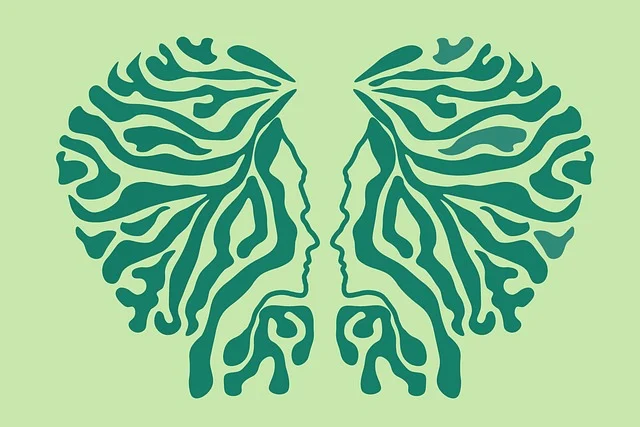How to identify the Autism Disorder Symptoms in your Child and Early Interventions

Autism Spectrum Disorder (ASD) encompasses a wide range of symptoms, which can vary significantly from person to person. However, there are some core characteristics that are typically associated with autism.


Page Contents
How to identify the Autism Disorder Symptoms in your Child and Early Interventions
Here’s an overview:
- Social Communication Challenges:
- Difficulty with social interaction, such as making eye contact, understanding and using nonverbal cues (like facial expressions or gestures), and appropriately interpreting social situations.
- Delayed or atypical development of spoken language or difficulties with nonverbal communication (e.g., gestures, facial expressions).
- Difficulty in developing and maintaining relationships, including forming friendships and understanding social rules and norms.
- Restricted and Repetitive Behaviors and Interests:
- Engaging in repetitive movements or behaviors, such as hand-flapping, rocking, spinning objects, or repeating words or phrases (echolalia).
- Having highly focused interests that are restrictive in nature, often involving specific topics or activities. These interests may be pursued intensely and to the exclusion of other activities.
- Resistance to change or insistence on sameness, which may manifest as difficulty with transitions, rigid adherence to routines, or distress when unexpected changes occur.
- Sensory Sensitivities:
- Heightened sensitivity or aversion to sensory stimuli, such as loud noises, bright lights, certain textures, or strong smells.
- Conversely, some individuals with autism may seek out sensory stimulation, such as by engaging in repetitive movements or seeking deep pressure.
- Intellectual and Developmental Differences:
- Varying levels of intellectual functioning, ranging from intellectual disability to above-average intelligence (some individuals with autism have exceptional abilities in areas such as mathematics, music, or visual arts).
- Developmental delays in areas such as speech and language, motor skills, or adaptive behavior.
- Co-occurring Conditions:
- Many individuals with autism have co-occurring conditions, such as attention deficit hyperactivity disorder (ADHD), anxiety disorders, epilepsy, gastrointestinal issues, or sleep disturbances.
Early intervention for autism spectrum disorder (ASD) typically involves a combination of therapies and strategies aimed at addressing the core symptoms and promoting development in areas of difficulty.

Here are some common early interventions:
- Early Screening and Diagnosis:
- Early identification of autism symptoms is crucial for prompt intervention. Screening tools such as the Modified Checklist for Autism in Toddlers (M-CHAT) can help identify red flags for autism as early as 18 months of age.
- Applied Behavior Analysis (ABA):
- ABA is a structured, evidence-based therapy that focuses on increasing desired behaviors and reducing problematic behaviors through positive reinforcement and systematic teaching techniques. ABA therapy can help individuals with autism develop a wide range of skills, including communication, social interaction, and adaptive behaviors.
- Speech and Language Therapy:
- Speech and language therapy targets communication challenges commonly associated with autism. Therapists work on improving language skills, including vocabulary, grammar, comprehension, and pragmatics (the social use of language). Techniques may include picture exchange communication systems (PECS), augmentative and alternative communication (AAC) devices, and social stories.
- Occupational Therapy:
- Occupational therapists help individuals with autism develop and improve skills related to daily living activities, sensory processing, motor coordination, and self-regulation. Therapy may involve sensory integration techniques, fine and gross motor activities, and strategies for managing sensory sensitivities.
- Social Skills Training:
- Social skills training focuses on teaching individuals with autism the social rules and norms necessary for successful interaction with others. Group therapy sessions provide opportunities for practicing social skills in structured settings, such as turn-taking, initiating and maintaining conversations, and understanding nonverbal cues.
- Early Start Denver Model (ESDM):
- ESDM is an early intervention approach that combines elements of ABA with developmental and relationship-based principles. It emphasizes play-based, naturalistic teaching strategies delivered within the context of positive, responsive interactions between children and caregivers.
- Parent-Mediated Interventions:
- Programs that involve parents as active participants in their child’s intervention process can be highly effective. These interventions provide parents with training and support to implement strategies and techniques at home that promote their child’s development and learning.
- Educational Support and Individualized Education Plans (IEPs):
- Early intervention services are often provided through early childhood special education programs in collaboration with school districts. Individualized Education Plans (IEPs) are developed to address the unique needs of children with autism and provide appropriate accommodations and supports in educational settings.
Early intervention is most effective when tailored to the individual needs and strengths of each child with autism. It’s important for interventions to be comprehensive, family-centered, and provided in naturalistic settings to maximize learning opportunities and promote positive outcomes.
It’s important to note that autism is a spectrum disorder, which means that the severity and combination of symptoms can vary widely among individuals. Additionally, some individuals may exhibit traits that are not typically associated with autism, such as exceptional memory or talent in specific areas.
Early intervention and appropriate support services can make a significant difference in the lives of individuals with autism, helping them to develop skills, manage challenges, and lead fulfilling lives. Understanding and acceptance of autism within society are crucial for creating inclusive environments where individuals with autism can thrive and reach their full potential.






